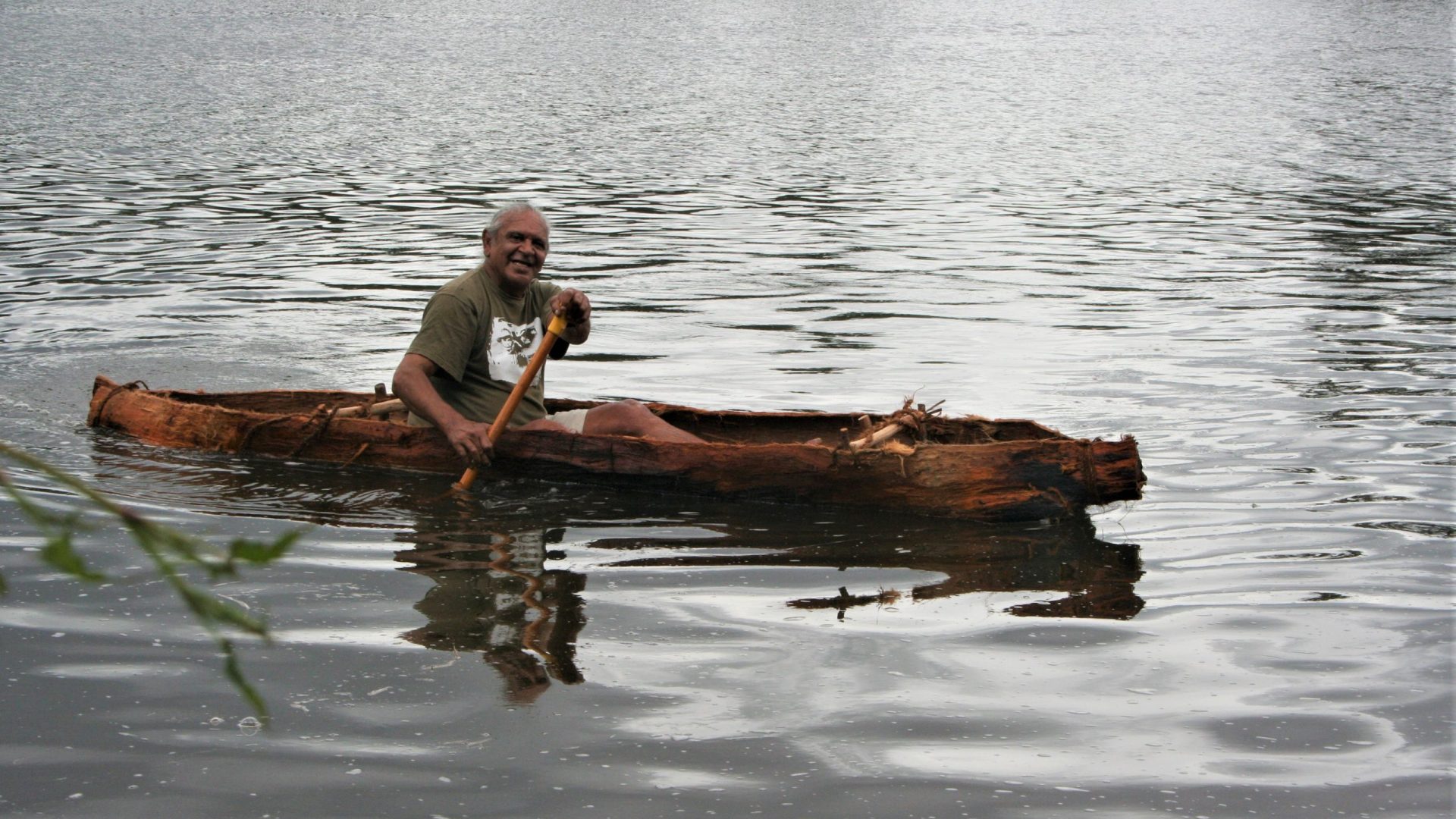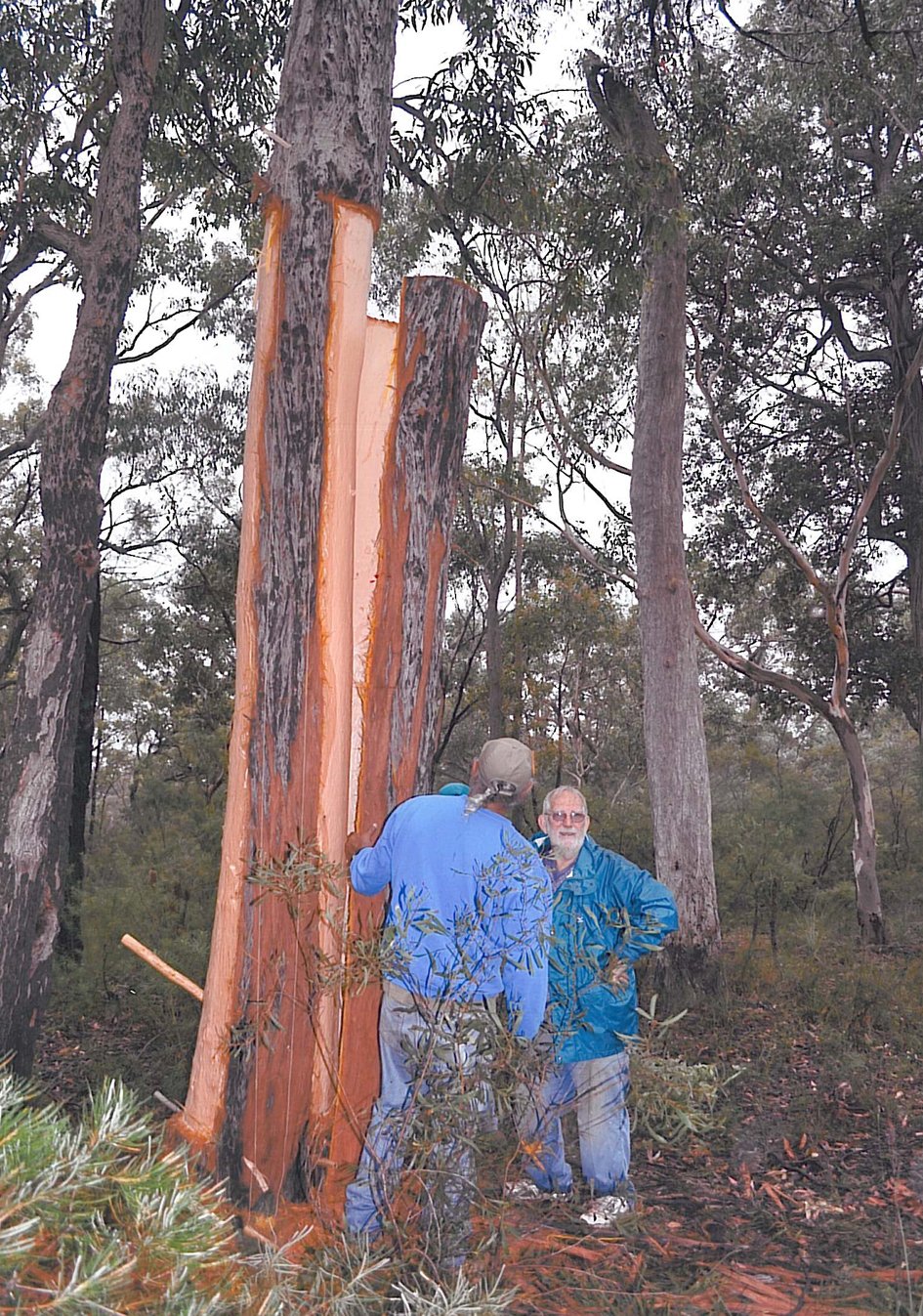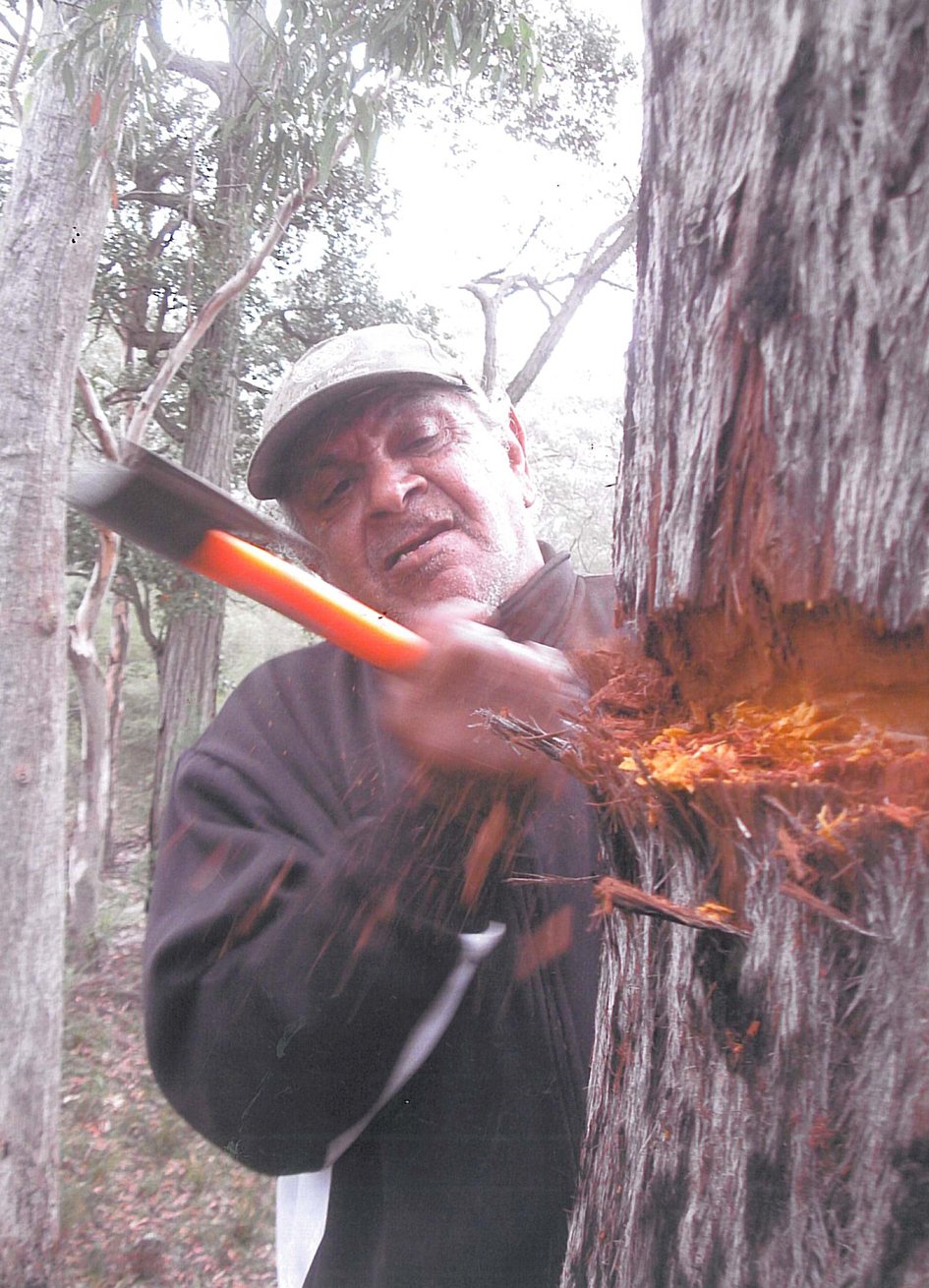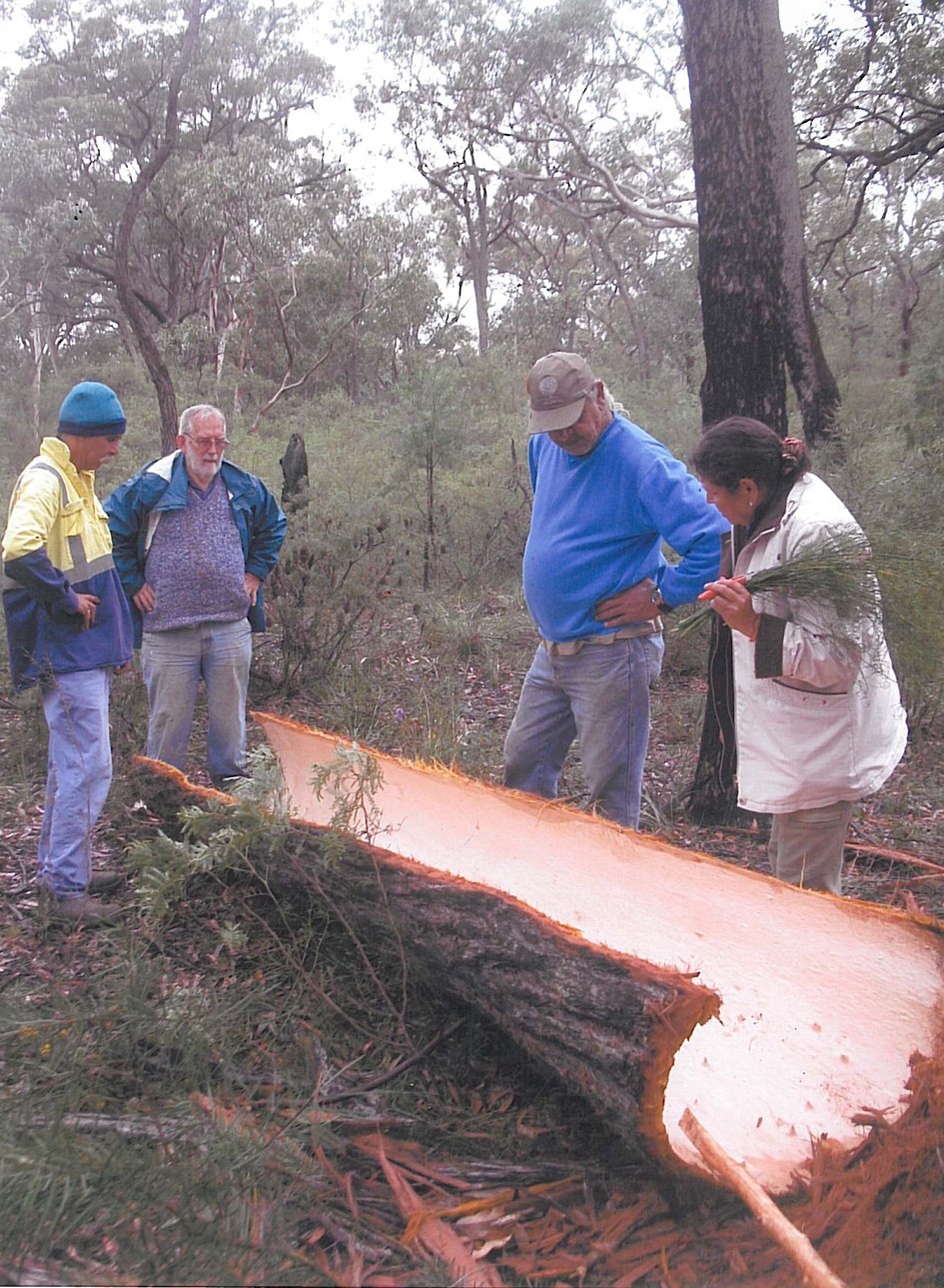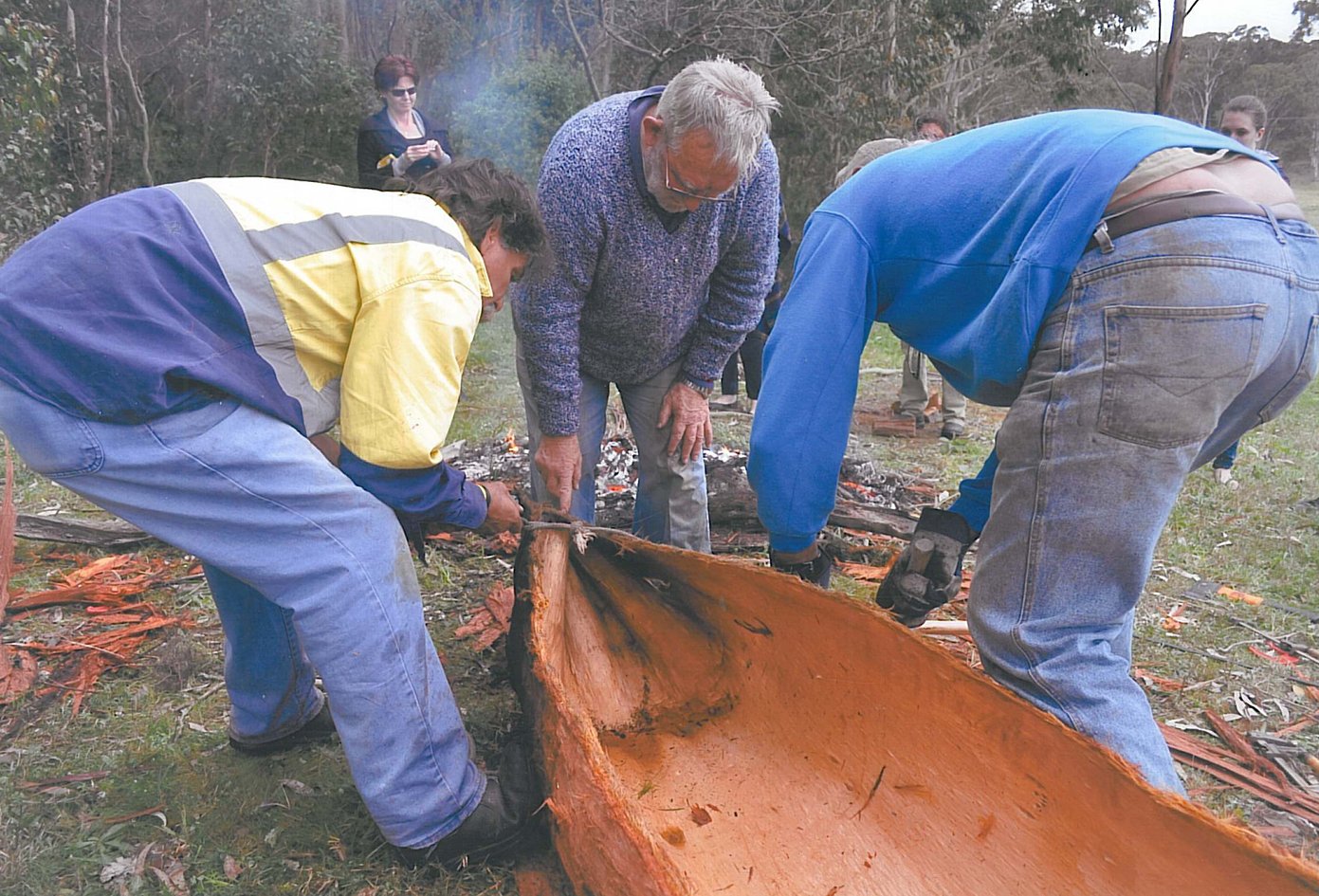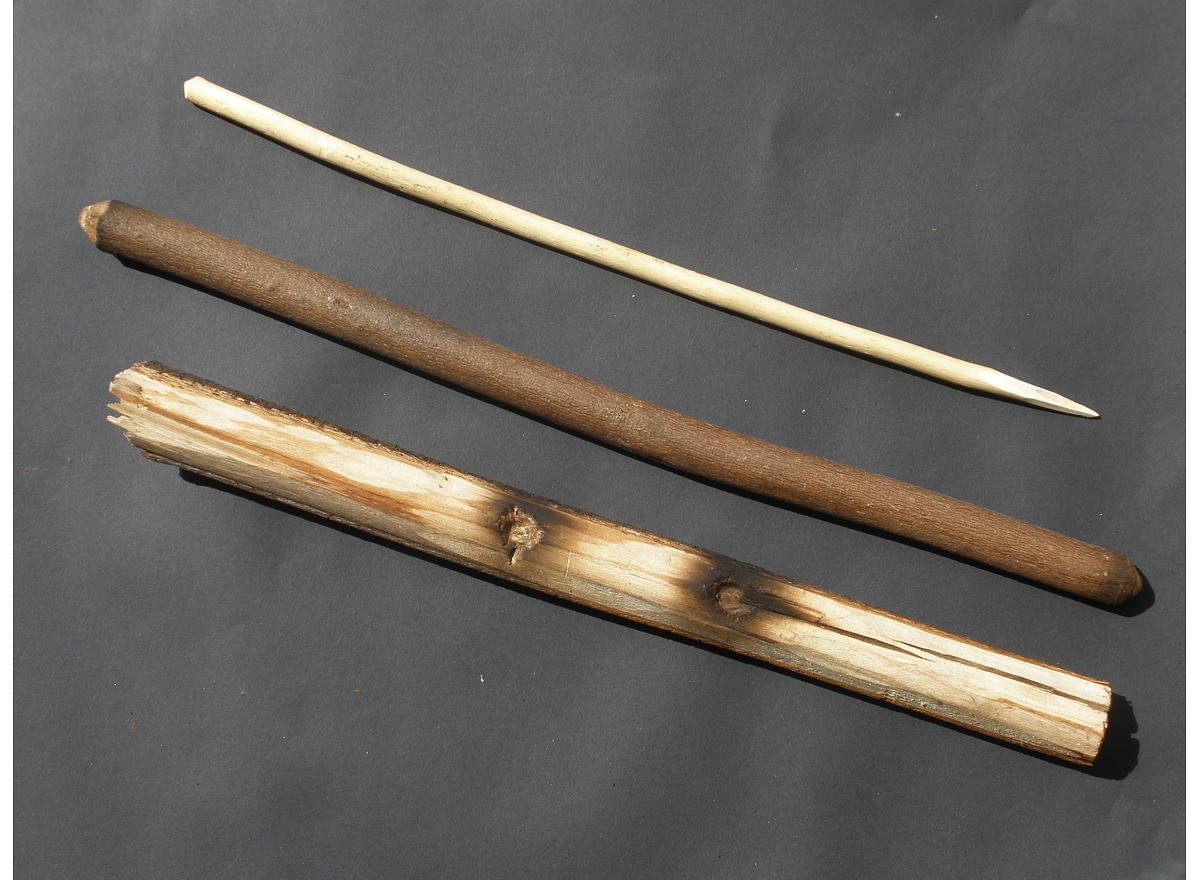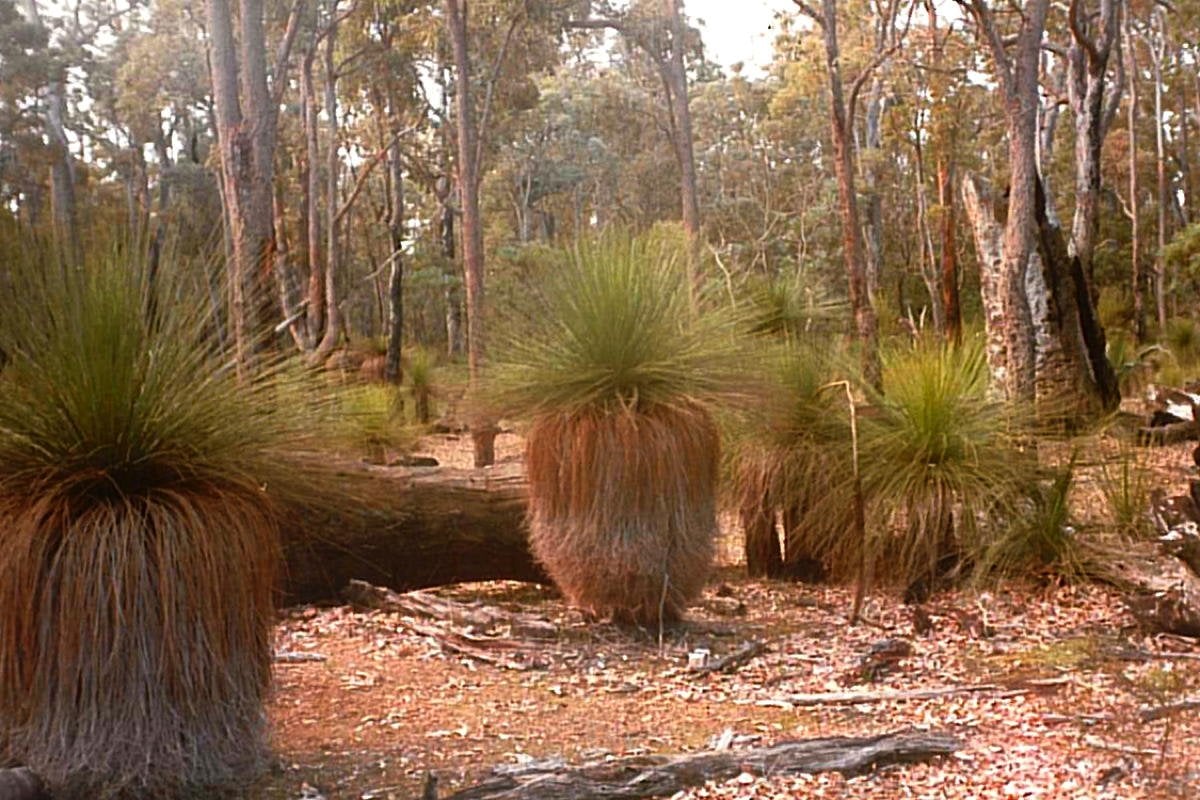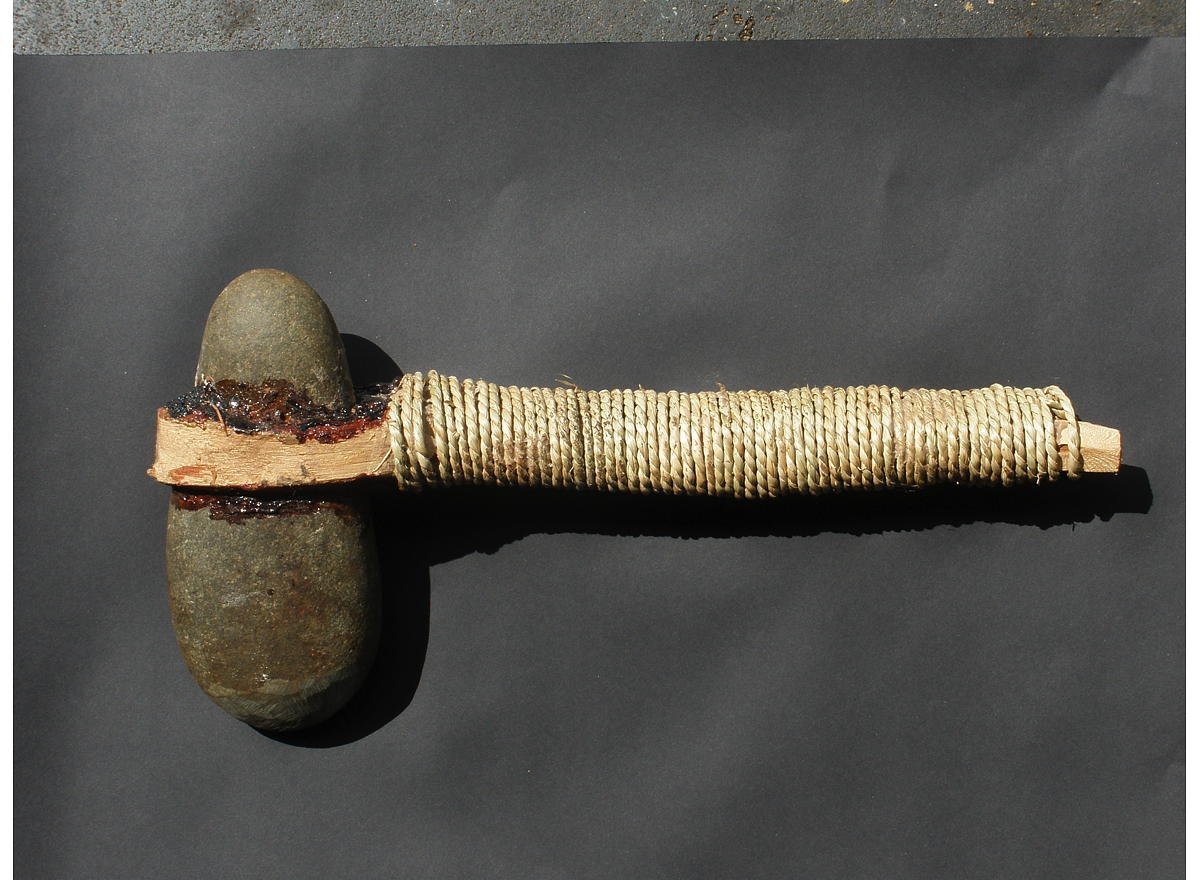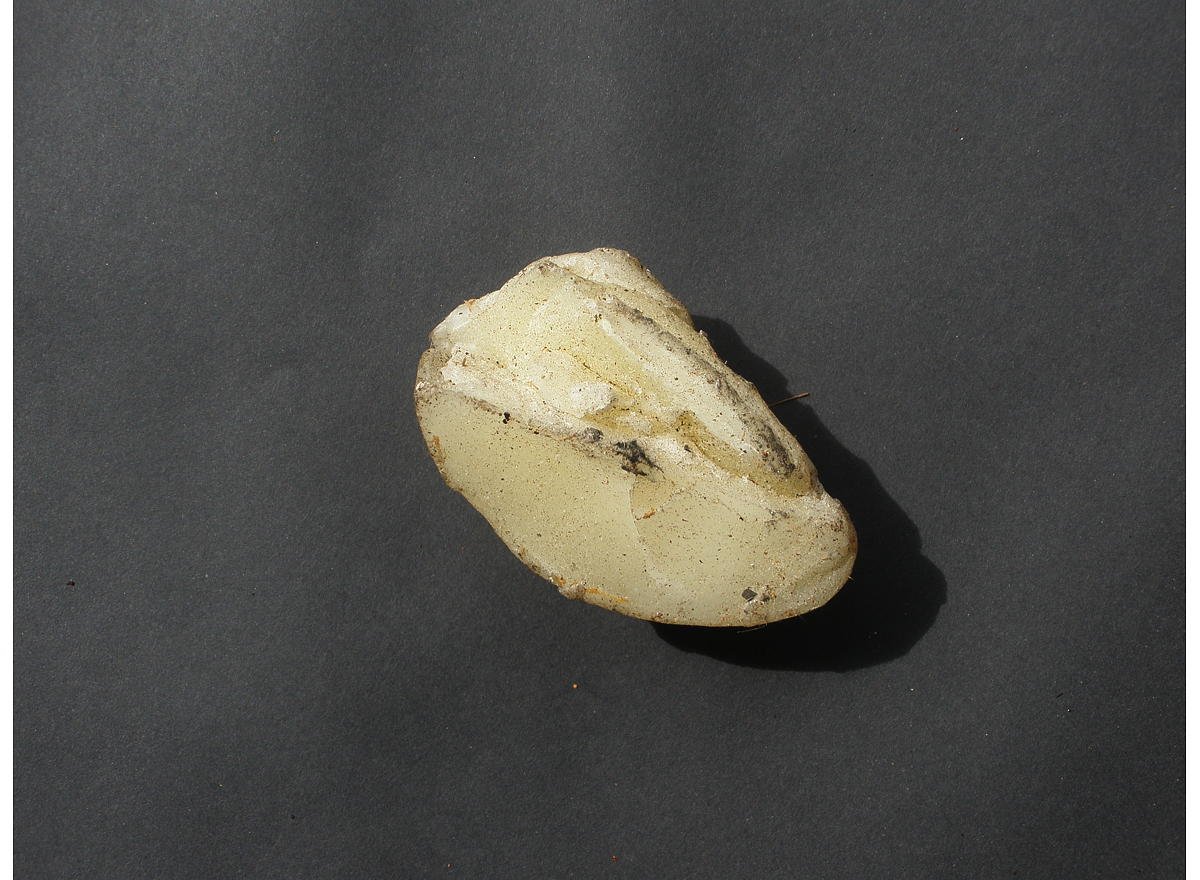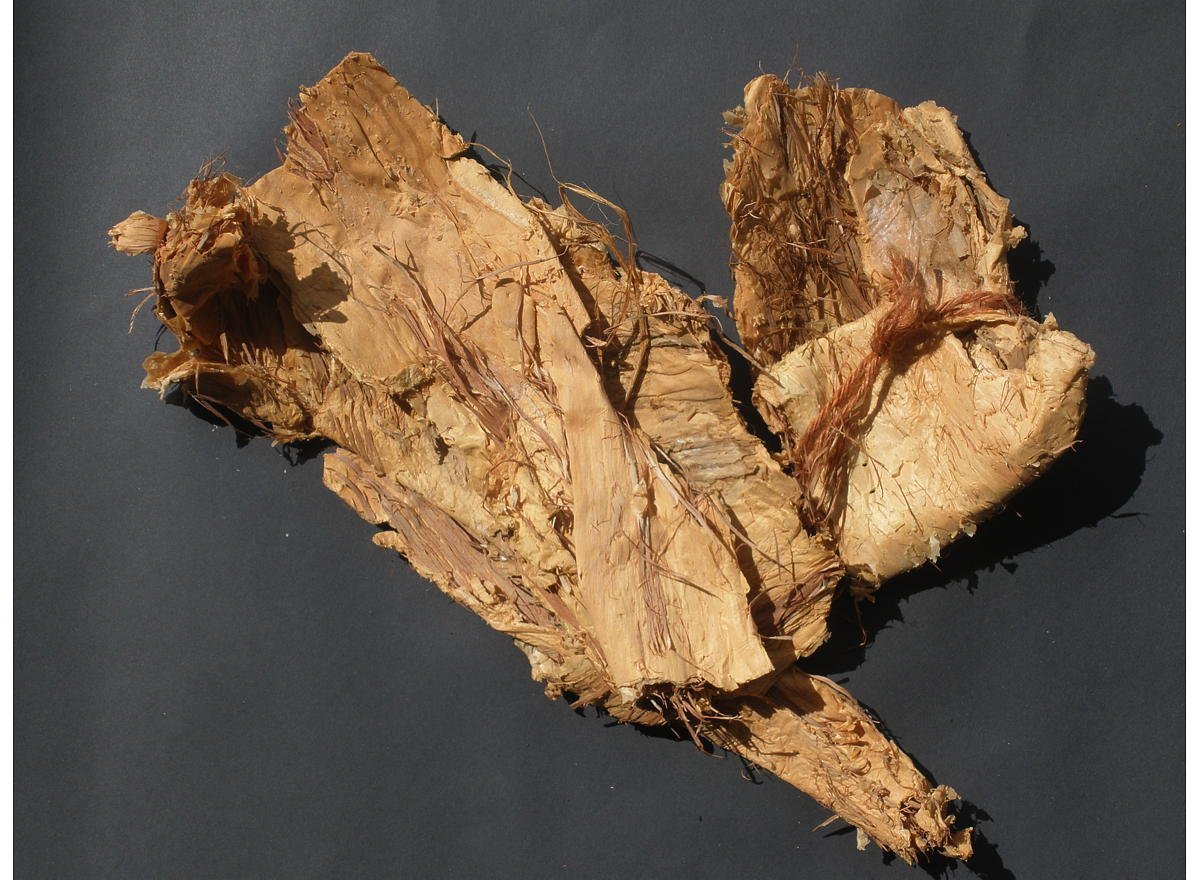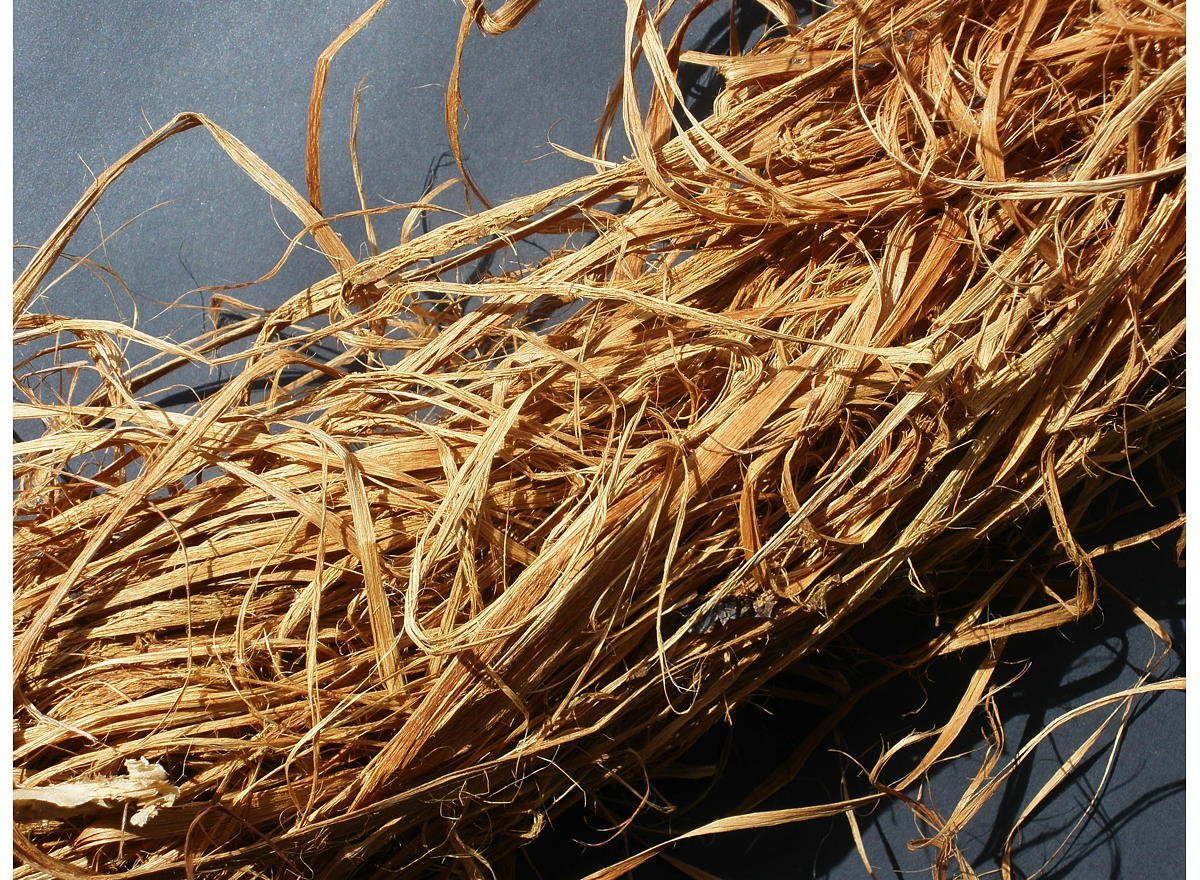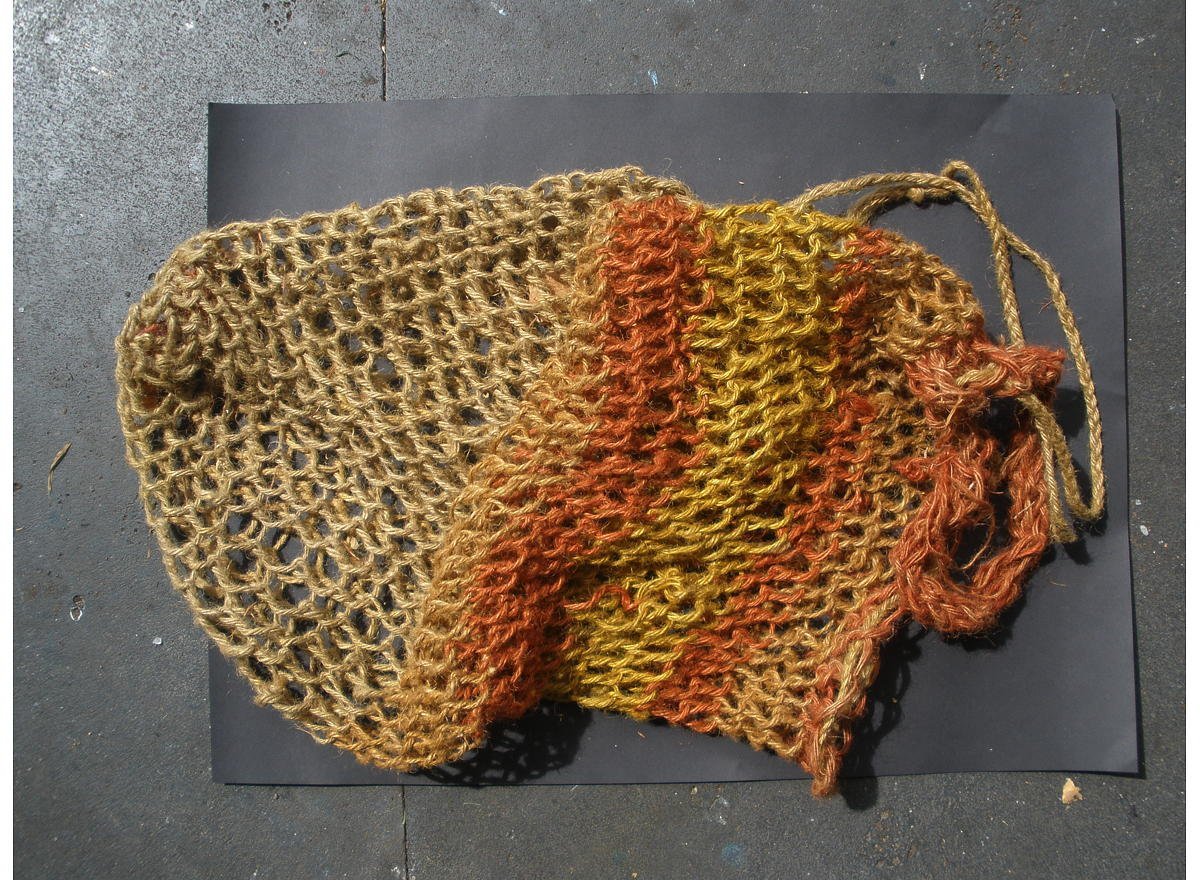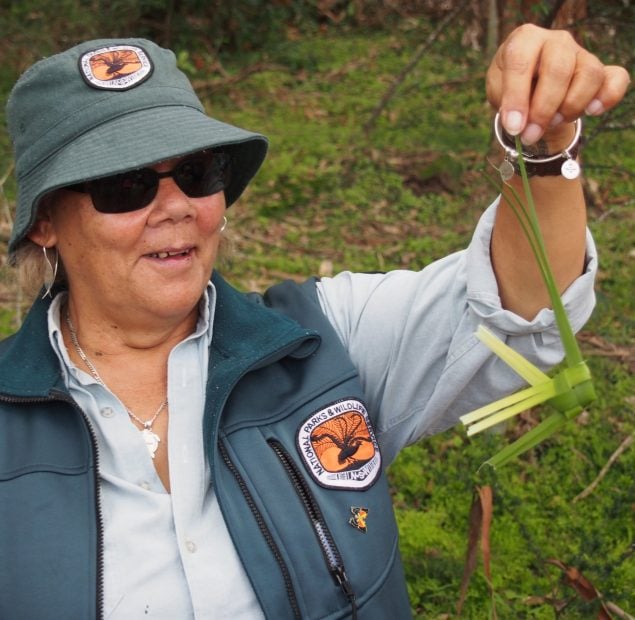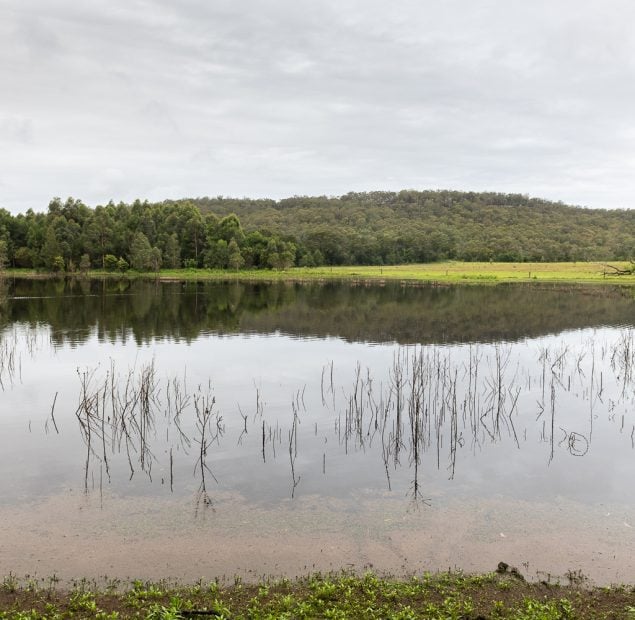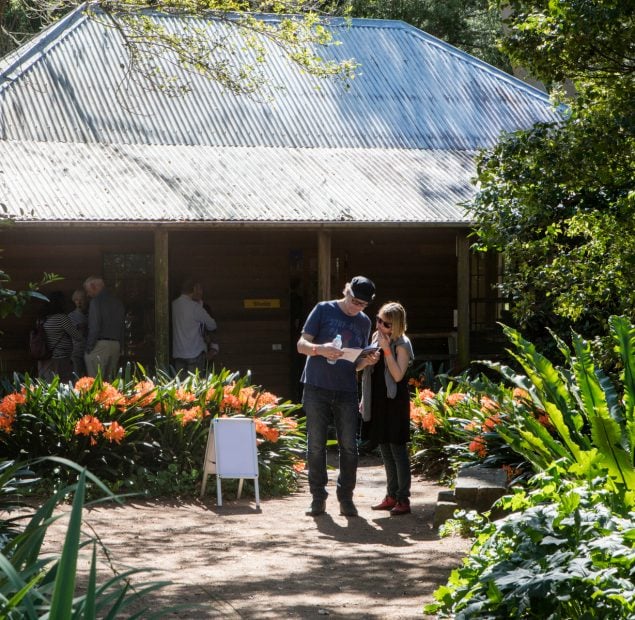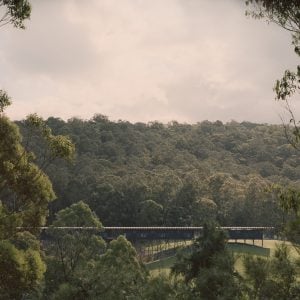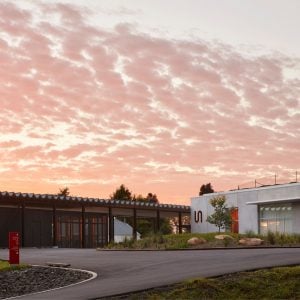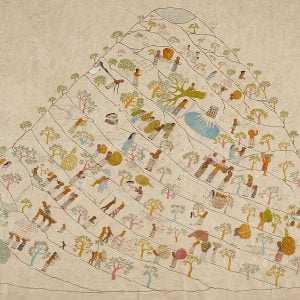A group of artists from Boolarng Nangamai Aboriginal Corporation in Gerringong: Steven Russell, Noel Lonesborough, Kristine Stewart and Phyllis Stewart, together with ethno-botanists and artists Jim Walliss and Diego Bonetto, created a traditional bark canoe – a nawi – at Bundanon. It was the first traditional canoe to float on the Shoalhaven River in living memory.
The canoe was made for SITEWORKS 2011 and based on information sourced from David Payne, a curator from the Australian National Maritime Museum. Early Colonial records state that a canoe had been created by local Aboriginal people living in the Shoalhaven in six hours. The Bundanon Nawi took eight hours to make from a Stringybark tree found on the Bundanon property.
Since its creation the Bundanon Nawi has been borrowed for an exhibition at Casula Powerhouse in Liverpool and was launched on Sydney Harbour in 2012 as part of the National Nawi Conference at the National Maritime Museum in Sydney.
Making the canoe
A suitable tree was selected – a Blue Leaved Stringybark (Eucalyptus agglomerate). The tree was cut at the trunk top and bottom, giving a canoe length of 3.5 metres. The bark was stripped vertically, leaving a strip to maintain a sap flow to the tree’s canopy.
The bark was thinned at both ends. The bark was heated over a fire and folded at both ends. The ends were tied with stringy bark rope. The ends and cracks were sealed with grass tree(Xanthorea) gum, beeswax, paperbark and clay.
Paddles were made from Bark. Clay was used to make a hearth for the fire in the canoe.
While working on this process, the makers became aware of the contrast between the modern tools used such a tomahawk and an Aboriginal tool kit.
Toolkit
As well as the tools seen in the slide show above, a forked branch would have been employed as a ladder and pieces of saplings to lever off the bark together with a sharpened kangaroo leg bone as an awl to pierce holes in the bark. During the work, water carriers were made from the large sheath of the native Bangalow palm; in some areas Bangalow means water carrier
Using this kit and the collective knowledge of the tribal group, accumulated over hundreds of years and without written records, Aboriginal people built watertight bark canoes which could last up to four years of constant use.

